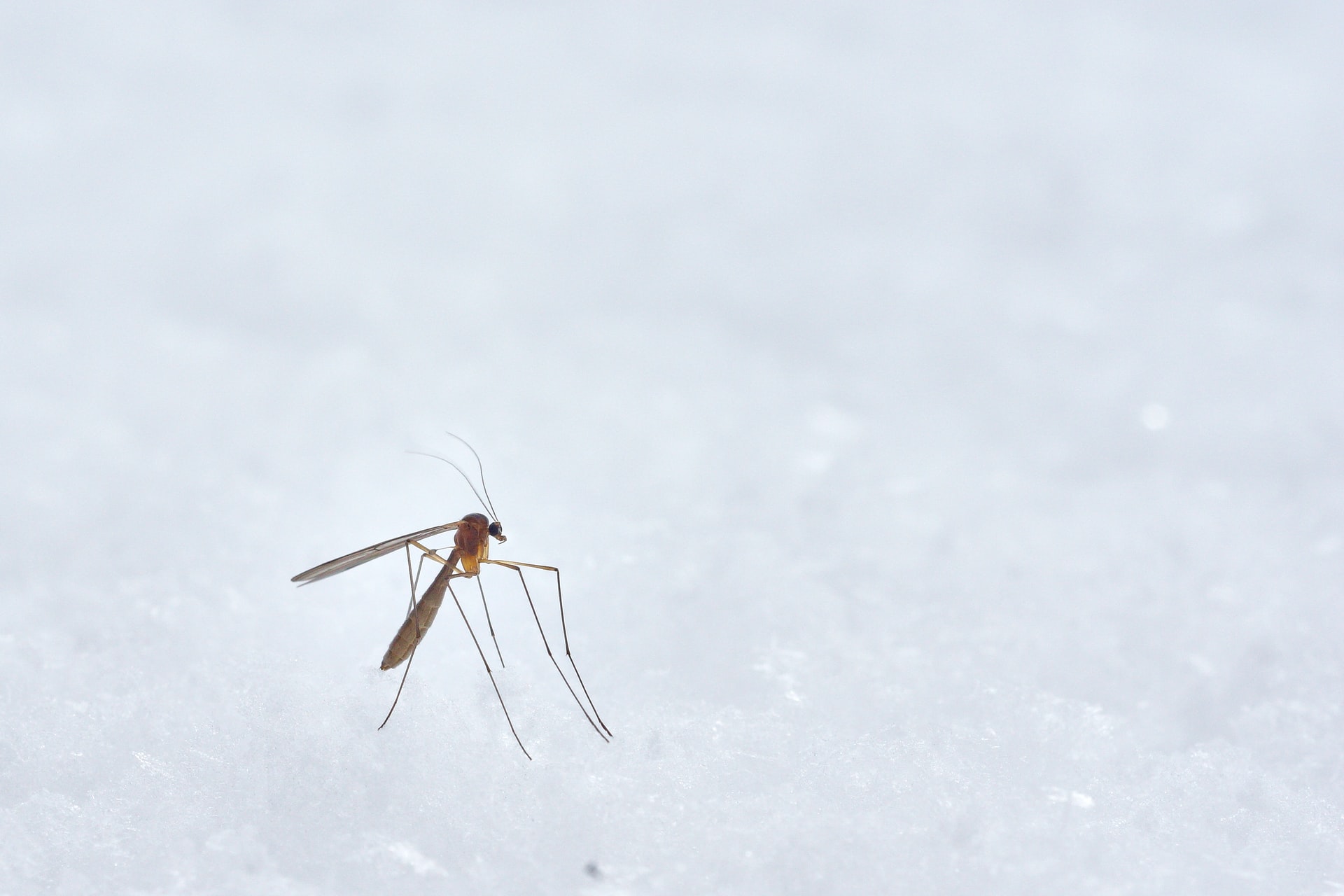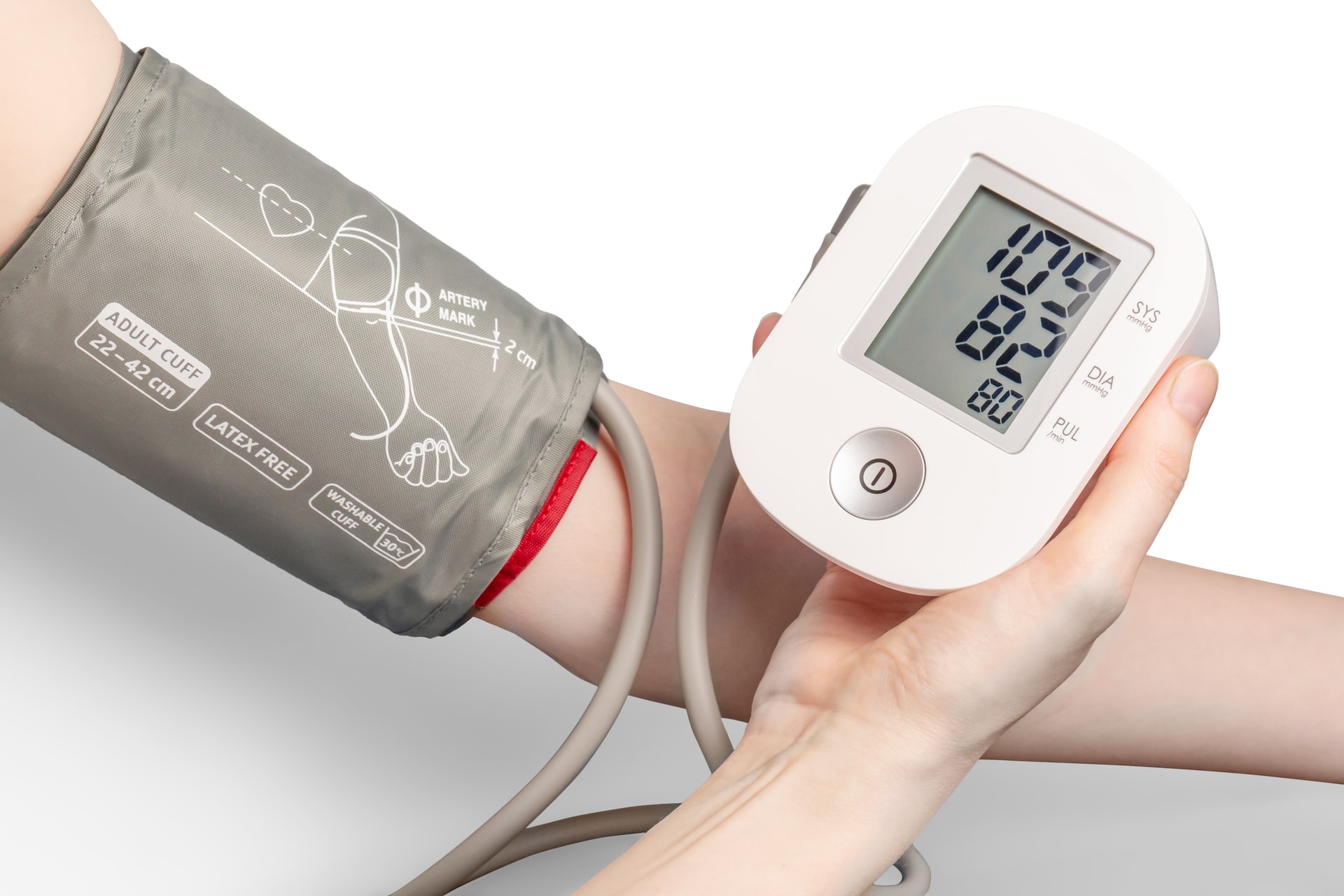Reading Time: < 1 minutes
- Keto, short form for Ketogenic, is a high-fat, adequate-protein, and low-carb diet.
- It was introduced in the 1920s to cure epilepsy (a disorder that causes seizures and changes in consciousness levels) in children.
- When we eat carbohydrates, they are broken into glucose (energy) and transported to cells for body and brain functioning.
- But when we reduce carbohydrate intake, the liver reads it as a starvation-like situation.
- The body still needs energy, so the liver converts accumulated fat into fatty acids and ketone bodies.
- These ketone bodies pass into the brain and replace glucose as an energy source.
- An increased level of ketone bodies reduces the frequency of epileptic seizures.
- The Keto diet lost popularity in the 1930s when effective anti-epileptic drugs became readily available.
- It became famous again in the mid-1990s when Hollywood producer Jim Abraham’s 2-year old son, who had epilepsy (that couldn’t be controlled with mainstream therapies), benefitted from the Keto diet.
- This got publicity, and scientific interest in the Keto diet exploded.
- Jim Abraham then produced a movie, starring Meryl Streep, called First Do No Harm, that showed how the Keto diet cures a so-far incurable epileptic condition of a child.
- This led to its mass awareness and popularity.
- Then science found that the diet could have benefits against diabetes, cancer, and Alzheimer’s disease.
- A typical keto diet will have food items such as broccoli, mushrooms, seafood, cheese, avocados, eggs, coconut oil, berries, and nuts & seeds.
- The Keto diet is also known to have some side effects, and it should be followed only after consultation with a doctor.
Also Read:
What is the Paleo diet and how it caught on?
Image courtesy of Foodie factor through Pexels
Reference shelf :






















